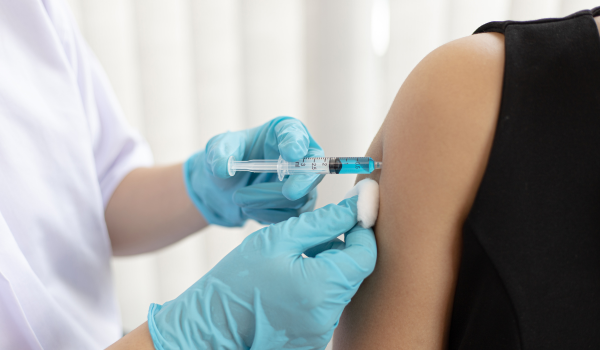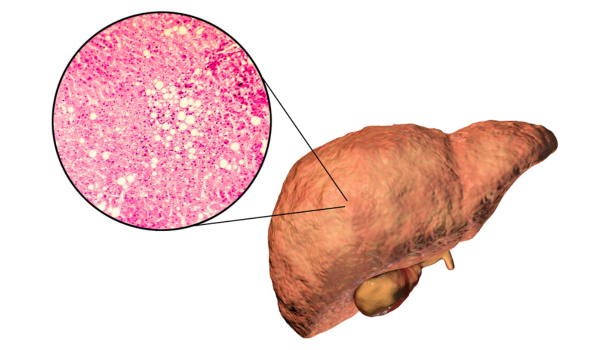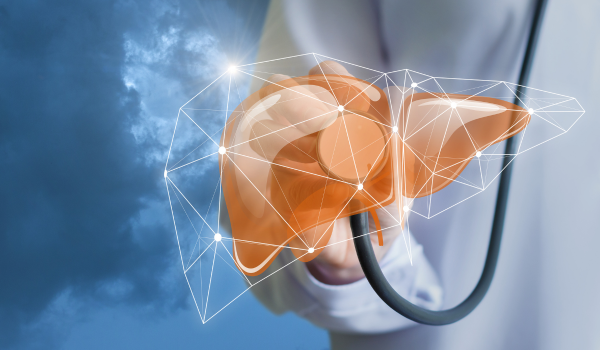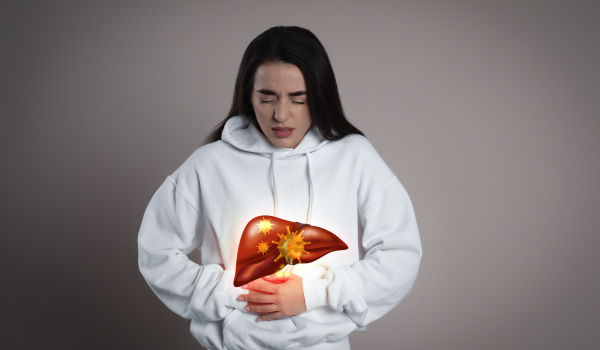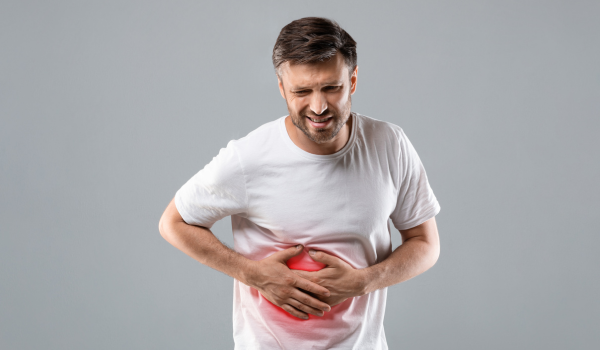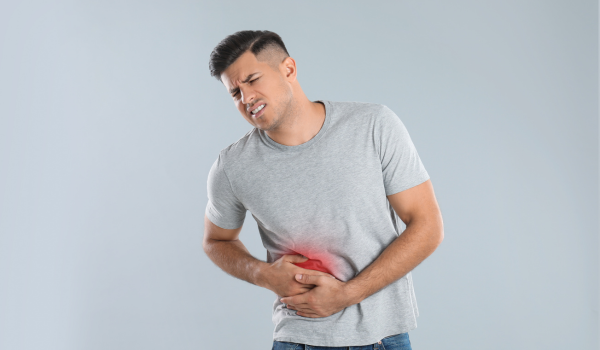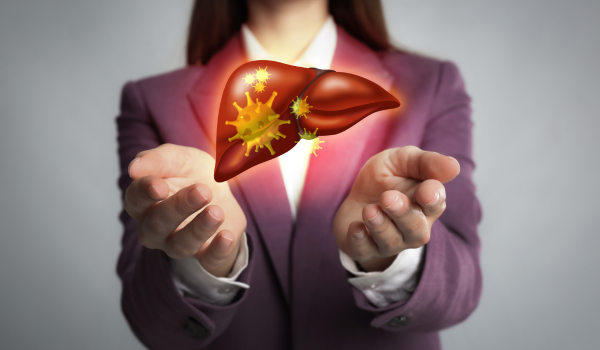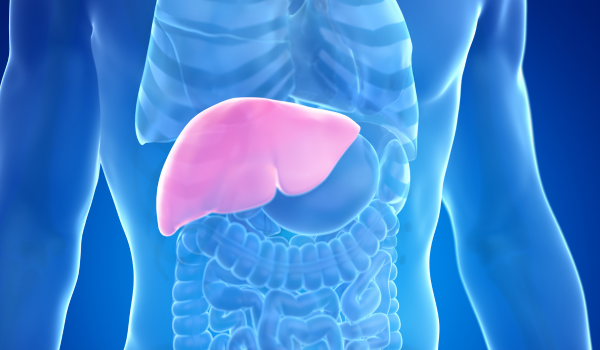
Overview
Alcohol is one of the most widely consumed substances in the world, often associated with social gatherings and celebrations. However, regular and excessive alcohol intake can have serious consequences for liver health.
The liver is the body’s main detoxifying organ, and alcohol is one of the most challenging substances it must process. Over time, heavy drinking can overwhelm the liver’s capacity to repair itself, leading to inflammation, scarring, and life-threatening complications. Understanding how alcohol affects the liver is key to making informed lifestyle choices.
How the Liver Processes Alcohol
When alcohol enters the body, the liver works to break it down into less harmful substances.
Step-by-step process:
-
Absorption: Alcohol is absorbed into the bloodstream through the stomach and small intestine.
-
Metabolism: The liver uses enzymes, primarily alcohol dehydrogenase (ADH) and aldehyde dehydrogenase (ALDH), to convert alcohol into acetaldehyde and then into acetate.
-
Elimination: Acetate is broken down into water and carbon dioxide, which are excreted.
The challenge:
Acetaldehyde is highly toxic and can damage liver cells if it accumulates faster than the liver can process it.
Alcoholic Fatty Liver Disease
The earliest stage of alcohol-related liver damage is alcoholic fatty liver disease (AFLD).
Key facts:
-
Fat begins to accumulate in liver cells after as little as a few days of heavy drinking.
-
Often causes no symptoms, but fatigue or discomfort in the upper right abdomen may occur.
-
Reversible if alcohol consumption stops early.
Why it happens:
Alcohol metabolism alters the balance of fats in the liver, leading to excessive fat storage.
Alcoholic Hepatitis
Alcoholic hepatitis is a more severe form of liver injury caused by long-term heavy drinking.
Symptoms:
-
Jaundice (yellowing of skin and eyes)
-
Fever
-
Nausea and vomiting
-
Abdominal pain
-
Loss of appetite
Dangers:
Inflammation and cell death can lead to rapid deterioration in liver function. In severe cases, alcoholic hepatitis can be fatal.
Alcoholic Cirrhosis
Alcoholic cirrhosis is the final and most serious stage of alcohol-related liver damage.
What happens:
-
Healthy liver tissue is replaced by scar tissue (fibrosis), which disrupts blood flow and liver function.
-
The liver becomes stiff, shrunken, and unable to regenerate properly.
Complications include:
-
Portal hypertension (increased pressure in the liver’s blood vessels)
-
Internal bleeding from enlarged veins (varices)
-
Fluid buildup in the abdomen (ascites)
-
Hepatic encephalopathy (confusion and brain dysfunction)
-
Liver cancer
Risk Factors for Alcohol-Related Liver Damage
Not everyone who drinks heavily will develop liver disease, but several factors increase risk:
-
Amount and duration of alcohol use – Long-term heavy drinking is the biggest risk factor.
-
Gender – Women are more susceptible to alcohol-related liver damage at lower doses.
-
Obesity – Increases fat accumulation in the liver, accelerating damage.
-
Viral hepatitis – Coexisting hepatitis B or C increases risk.
-
Genetics – Some people have genetic variations in alcohol-processing enzymes.
Alcohol and Liver Inflammation
Alcohol triggers inflammation in the liver by:
-
Increasing oxidative stress (production of free radicals).
-
Stimulating immune system activity that damages healthy liver cells.
-
Altering gut bacteria, allowing harmful toxins to enter the liver through the bloodstream.
Chronic inflammation is a major driver of liver scarring and progression to cirrhosis.
Warning Signs of Alcohol-Related Liver Damage
Many people don’t realize they have liver damage until symptoms become severe. Early warning signs include:
-
Fatigue and weakness
-
Loss of appetite
-
Weight loss
-
Abdominal discomfort
-
Swelling in legs or abdomen
-
Yellowing of skin or eyes
-
Dark urine and pale stools
Diagnosis
Doctors use a combination of medical history, physical examination, and tests to diagnose alcohol-related liver damage.
Tests may include:
-
Liver function blood tests (ALT, AST, ALP, bilirubin)
-
Ultrasound or FibroScan to assess liver stiffness and fat levels
-
CT or MRI scans for detailed imaging
-
Liver biopsy to confirm severity
Treatment and Recovery
The most critical step is complete abstinence from alcohol. Depending on the stage, additional treatments may include:
-
Nutritional support and vitamin supplementation (especially thiamine).
-
Medications to reduce inflammation and manage complications.
-
Procedures to control bleeding or fluid buildup.
-
Liver transplantation in end-stage disease.
Recovery is possible in early stages, but once cirrhosis develops, damage is irreversible—though stopping alcohol can still slow progression.
Prevention
Protecting the liver from alcohol damage involves:
-
Limiting alcohol intake to recommended guidelines (or avoiding it altogether).
-
Taking alcohol-free days each week.
-
Maintaining a healthy weight and balanced diet.
-
Getting vaccinated for hepatitis A and B.
-
Avoiding alcohol when taking liver-toxic medications.
Conclusion
Alcohol-related liver damage is preventable, but once advanced, it can be life-threatening. Understanding the stages—from fatty liver to cirrhosis—emphasizes the importance of moderation or abstinence. By making informed lifestyle choices, you can protect your liver and improve your long-term health.

